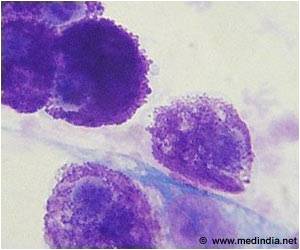The new technique removes potentially harmful additives in injectable drugs that cause side effects like blood clotting and hemolysis.

‘Pharma companies use surfactants to dissolve medicine into a liquid solution, which increases the risk of anaphylactic shock, blood clotting, and other side effects.’





"We're excited because this process can be scaled up, which could make existing injectable drugs safer and more effective for millions of people suffering from serious diseases and ailments," says Jonathan F. Lovell, a biomedical engineer at UB and the study's corresponding author. The work will be described in a study, "Therapeutic Surfactant-Stripped Frozen Micelles," that will be published on May 19, 2016, in the journal Nature Communications.
Pharmaceutical companies use surfactants to dissolve medicine into a liquid solution, a process that makes medicine suitable for injection. While effective, the process is seldom efficient. Solutions loaded with surfactant and other non-essential ingredients can carry the risk of causing anaphylactic shock, blood clotting, hemolysis and other side effects.
Researchers have tried to address this problem in two ways, each with varying degrees of success.
Some have taken the so-called "top-down" approach, in which they shrink drug particles to nanoscale sizes to eliminate excess additives. While promising, the method doesn't work well in injectable medicine because the drug particles are still too large to inject safely.
Advertisement
The technique under development at UB differs because it improves existing injectable drug-making methods by taking the unusual step of stripping away all of the excess surfactants.
Advertisement
The end result is drugs that contain 100 to 1,000 times fewer excess additives.
"For the drugs we looked at, this is as close as anyone has gotten to introducing pure, injectable medicine into the body," says Lovell, PhD, assistant professor in the Department of Biomedical Engineering in UB's School of Engineering and Applied Sciences. "Essentially, it's a new way to package drugs."
The findings are significant, he says, because they show that many injectable drug formulations may be improved through an easy-to-adopt process. Future experiments are planned to further refine the method, he says.
Source-Eurekalert










